Einleitung
Verwende diese Anleitung, um die Ohrhörer-Lautsprecher Einheit deines Samsung Galaxy S6 auszutauschen.
Diese Anleitung beinhaltet das Abnehmen der Rückglasabdeckung. Verwende diese Anleitung, um sie wieder anzubringen.
Werkzeuge
Ersatzteile
-
-
Fahre mit einer Büroklammer oder einem SIM Karten Auswurfwerkzeug in das kleine Loch am SIM Karten Slot. Er befindet sich auf der gleichen Seite wie die Einschalttaste des Smartphones.
-
Drücke, um das SIM Kartenfach auszuwerfen.
-
-
-
Erhitze den iOpener für dreißig Sekunden.
-
Im Verlauf der Reparatur kühlt sich der iOpener wieder ab. Erhitze ihn dann noch einmal für dreißig Sekunden.
-
-
-
Halte den iOpener an einem der flachen Enden und vermeide die heiße Mitte, während du ihn aus der Mikrowelle nimmst.
-
-
-
Fülle einen Topf oder eine tiefe Pfanne mit ausreichend Wasser, um den iOpener komplett damit bedecken zu können.
-
Erhitze das Wasser (ohne den iOpener) bis es kocht. Schalte die Wärmezufuhr (Platte) aus.
-
Lege den iOpener für etwa 2-3 Minuten in das heiße Wasser. Stelle sicher, dass der iOpener komplett mit Wasser bedeckt ist.
-
Nimm den iOpener mit einer Küchenzange aus dem Wasser heraus.
-
Trockne den iOpener gründlich mit einem Küchen- oder Handtuch ab.
-
Der iOpener kann jetzt verwendet werden. Solltest du den iOpener erneut erwärmen müssen, erhitze das Wasser nochmal bis zum Siedepunkt, schalte die Wärmezufuhr aus, und lege den iOpener wieder für 2-3 Minuten vollständig in das Wasser.
-
-
-
Lege den erwärmten iOpener für etwa zwei Minuten über das ganze Panel, um den Kleber rund um den Rand des Glases zu lösen.
-
Verschiebe den iOpener, um den restlichen Bereich des Panels für weitere zwei Minuten zu erwärmen.
-
-
-
Wenn die Glasscheibe so heiß ist, dass du sie kaum anfassen kannst, kannst du einen Saugnapf nahe der Unterkante anbringen.
-
Hebe den Saugnapf hoch, um einen kleinen Spalt unter dem rückseitigen Glas zu schaffen. Setze dort ein Plektrum ein.
-
-
-
Fahre mit dem Plektrum entlang der Unterkante des Smartphones um den Kleber, der das rückseitige Glas festhält, aufzutrennen.
-
-
-
Wiederhole diese Prozedur des Erwärmens und Aufschneidens für die restlichen drei Seiten des Smartphones.
-
Lasse ein Plektrum unter jeder Kante stecken, damit sich der Kleber nicht wieder verbinden kann.
-
-
-
Schneide mit einem Plektrum durch alle noch verbliebenen Kleberreste.
-
Entferne das rückseitige Glas.
-
-
-
Ziehe alle verbliebenen Kleberreste mit einer Pinzette von der Glasscheibe und vom Rahmen des Smartphones ab.
-
Reinige die Klebeflächen mit hoch konzentriertem Isopropylalkohol (mindestens 90%) und einem fusselfreien Tuch. Wische nur in eine Richtung, nicht vor und zurück. Die Oberfläche wird so für den neuen Kleber vorbereitet.
-
Ziehe die Schutzfolie vom neuen Rückseitenglas ab und richte es sorgfältig am Rahmen des Smartphones aus. Drücke dann das Glas am Rahmen fest.
-
-
-
Entferne die dreizehn 3,5 mm Kreuzschlitzschrauben #00, mit denen der Mittelrahmen am Smartphone befestigt ist.
-
-
-
Fasse die Kante der Mittelrahmeneinheit und halte sie gut fest.
-
Drücke den Akku nach unten und hebe gleichzeitig die Mittelrahmeneinheit hoch, damit sie sich vom restlichen Smartphone löst.
-
Achte darauf, dass der Mittelrahmen sich nicht an der Kopfhörerbuchse oder der Ladebuchse verhakt, während du ihn anhebst.
-
Wenn der Mittelrahmen teilweise abgelöst ist, führe vorsichtig ein Plektrum um die Kanten des restliche Smartphone herum, um den oberen Teil des Mittelrahmens abzulösen.
-
Um Schäden an der Kopfhörerbuchse zu vermeiden, entferne zuerst den oberen Teil des Mittelrahmens, und drücke den Mittelrahmen dann nach unten, um ihn von der Kopfhörerbuchse zu lösen.
-
Falls der Mittelrahmen sich nur schwer abtrennen lässt, kannst du die Kanten des Displays mit einem iOpener erhitzen, um den Kleber am Display aufzuweichen,
-
-
-
Hebe die Mittelrahmen Einheit nach oben hin weg, um sie vom Rest des Smartphones zu trennen.
-
-
-
Löse mit dem spitzen Ende eines Spudgers die Bluetooth- und Wi-Fi Antennenkabelstecker aus ihren Fassungen auf dem Motherboard.
-
-
-
Verwende das flache Ende eines Spudgers, um die Displaykabeleinheit vom Motherboard zu trennen.
-
-
-
Löse den Flachbandkabelstecker des Daughterboards mit dem flachen Ende eines Spudgers aus seinem Anschluss auf der Unterseite des Motherboards.
-
-
-
Verwende die Spitze eines Spudgers, um die Ohrhörer-Lautsprecher Einheit aus dem Displayrahmen zu heben.
-
Arbeite die Schritte in umgekehrter Reihenfolge ab, um dein Gerät wieder zusammenzubauen.
Diese Anleitung beinhaltet das Abnehmen der Rückglasabdeckung. Verwende diese Anleitung, um sie wieder anzubringen.
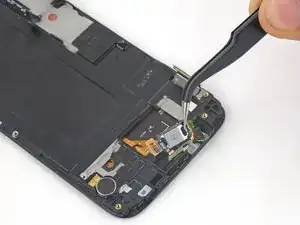
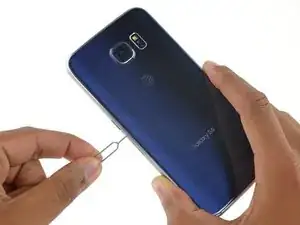
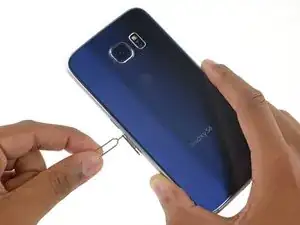
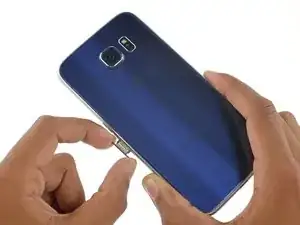




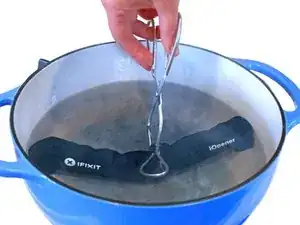

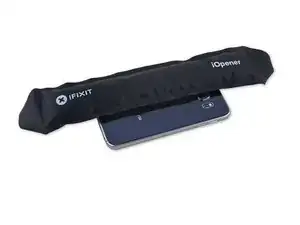
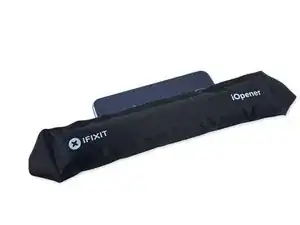
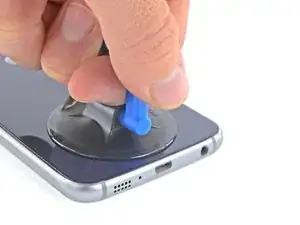

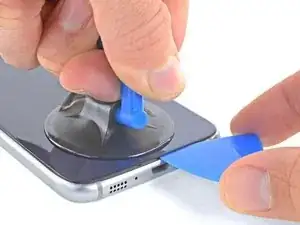
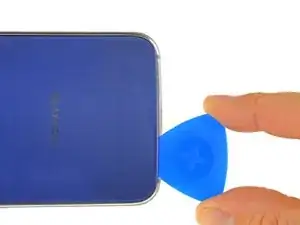
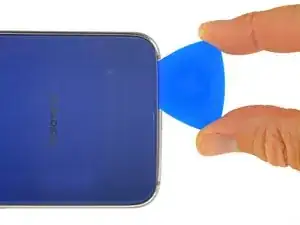

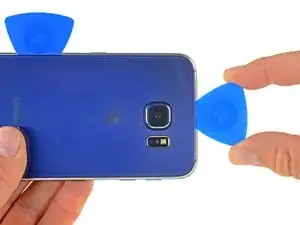

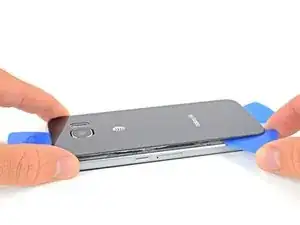
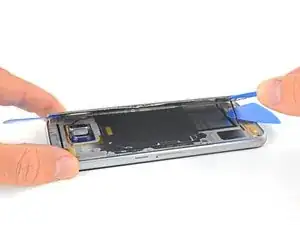
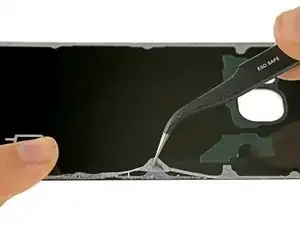
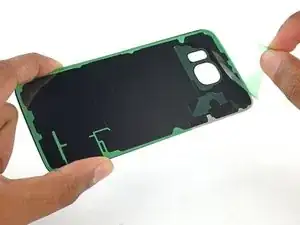
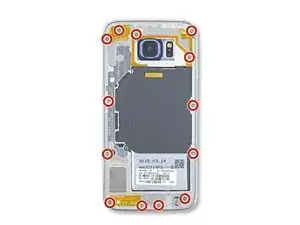
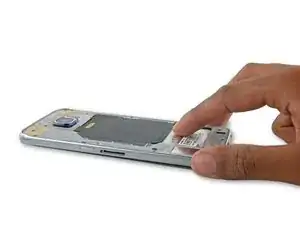
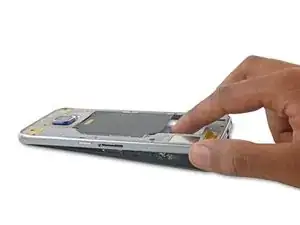
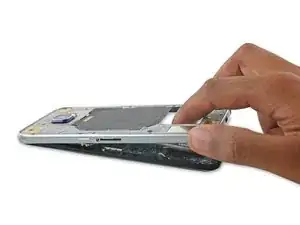
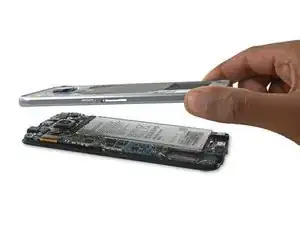
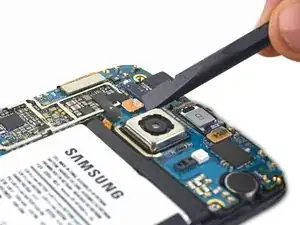
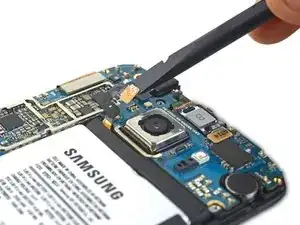
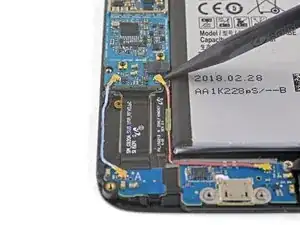
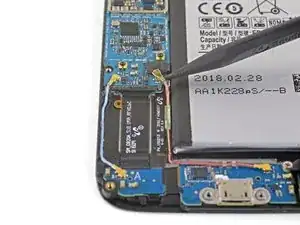
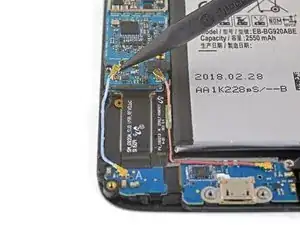
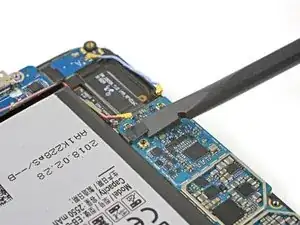
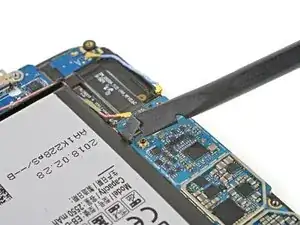
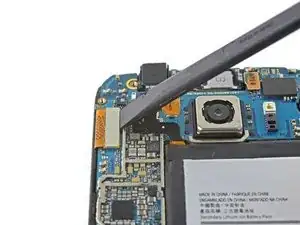
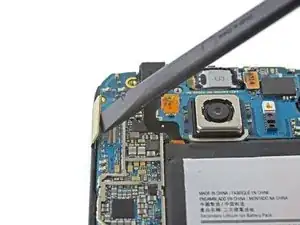
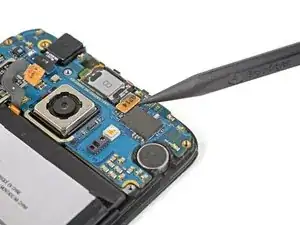
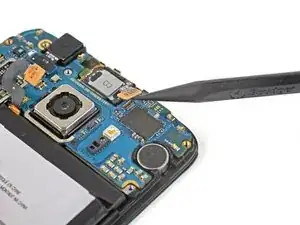
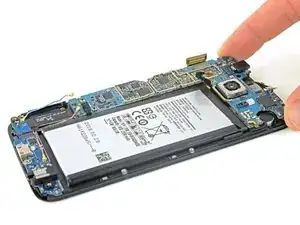
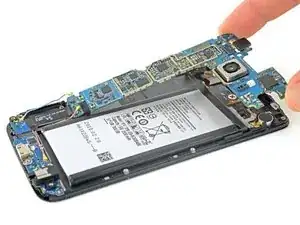
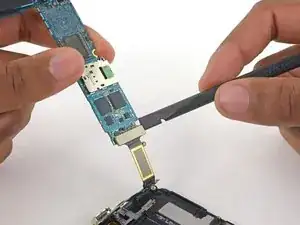
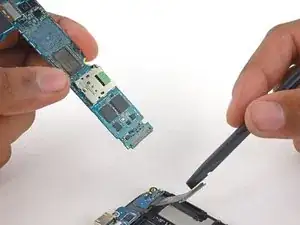
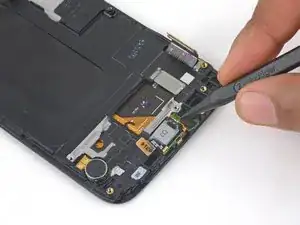
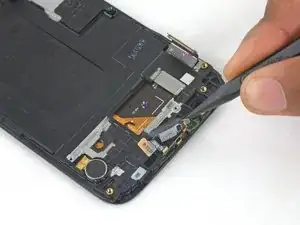
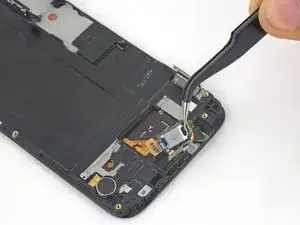

It really needs to be stated at the outset that if doing this repair to replace the daughterboard, there is a high likelihood that the display will be destroyed (even if you don’t break the display, the foil backing on it will likely be destroyed rendering it unusable). The PDF version of this guide states this at the beginning, but this online version does not.
David White -
Done. Thanks for the tip!
Minor editor -